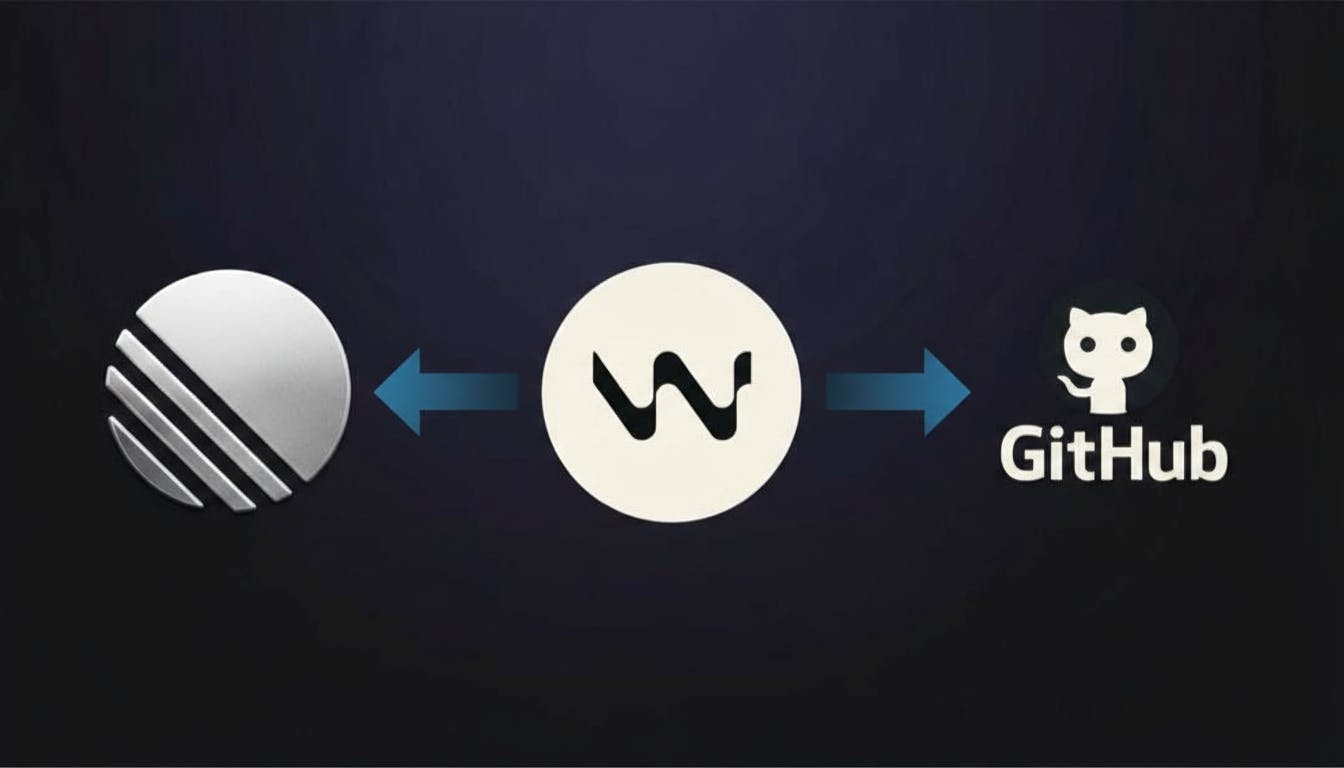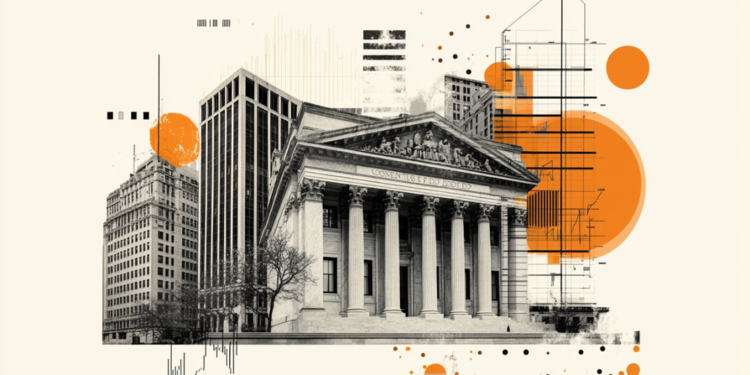Barclays Lifts Profit Target and Launches £500m Buyback Amid Scandal Provisions and Investment Bank Weakness


Barclays Plc on Wednesday surprised investors with the announcement of a £500 million ($670 million) share buyback and an upgrade to its key profitability target for 2025, as confidence in its cost-cutting measures and steady income outweighed fresh provisions tied to a motor finance mis-selling scandal and a weak showing from its investment bank.
The British lender said it now expects to achieve a return on tangible equity (RoTE) above 11% this year, rather than merely reaching that figure, citing “better-than-expected income and faster implementation of cost-saving plans.” Barclays will also shift to quarterly buyback announcements, signaling a more aggressive approach to returning capital to shareholders.
Shares in the bank rose more than 4% in early London trading as investors welcomed the buyback and improved profitability outlook.
Register for Tekedia Mini-MBA edition 19 (Feb 9 – May 2, 2026): big discounts for early bird.
Tekedia AI in Business Masterclass opens registrations.
Join Tekedia Capital Syndicate and co-invest in great global startups.
Register for Tekedia AI Lab: From Technical Design to Deployment.
“We have been robustly and consistently generating capital for our shareholders consecutively over the last nine quarters,” CEO C.S. Venkatakrishnan said, noting that the progress gave the bank the confidence to accelerate plans to distribute excess capital.
Scandal and Setbacks Still Shadow Results
Barclays set aside another £235 million to cover potential costs from the motor finance mis-selling scandal, which has been under review by Britain’s Financial Conduct Authority (FCA). The issue concerns allegations that UK banks, including Barclays, allowed unfair commissions that inflated costs for car buyers before 2021.
The bank also booked a £110 million charge related to the collapse of U.S. lender Tricolor, one of several high-profile bankruptcies that have raised concerns about banks’ exposure to the fast-growing private credit market—a largely unregulated sector where lending has surged as traditional banks pulled back.

Barclays reported third-quarter pretax profit of £2.1 billion, a 7% decline from the same period a year earlier, aligning with analysts’ forecasts. However, Hargreaves Lansdown senior equity analyst Matt Britzman said that if the motor finance provision were excluded, profits would have been 13% ahead of expectations.
“Barclays’ latest results show a bank quietly outperforming despite headline noise,” Britzman said, suggesting the bank’s core operations remain resilient even as legacy issues weigh on sentiment.
Investment Bank Lags Behind Wall Street
Despite the overall positive tone, Barclays’ investment banking division underperformed compared to its U.S. rivals. Income from the unit grew 8% year-on-year, supported by a 15% rise in global markets revenue, but deal-making fees fell 2%, even as American peers such as JPMorgan, Goldman Sachs, and Morgan Stanley reported double-digit gains.

The decline pushed Barclays six spots down to 14th place in the global mergers and acquisitions ranking for the quarter, according to LSEG data, underscoring its waning influence in global deal-making. For the year to date, Barclays ranks seventh, behind six U.S.-based investment banks.
Venkatakrishnan attributed the shortfall to timing rather than strategic missteps. “The quarter was dominated by a few large deals that we were not fortunate enough to be on,” he told reporters, rejecting suggestions that Barclays was underinvesting in the unit.
A brighter spot emerged in the U.S. consumer business, where income surged 19%, driven by pricing adjustments and the integration of the General Motors co-branded credit card portfolio, which Barclays acquired in 2021.
With recent corporate defaults rattling investors, Barclays moved to reassure markets about its private credit exposure, which totals £20 billion, or roughly 6% of its loan book. The bank said 70% of that exposure is concentrated in the United States.
Venkatakrishnan emphasized that Barclays had taken a conservative approach to underwriting and disclosed that the bank had no exposure to First Brands, an auto-parts manufacturer that recently filed for bankruptcy.
We turned down doing business with it because of concerns about its financial projections, he said.
Cost Discipline and Investor Confidence
Barclays’ latest results suggest the lender’s ongoing cost-reduction program—announced earlier this year—is starting to pay off. Analysts view the shift to quarterly buyback updates as an attempt to boost investor confidence amid a difficult operating environment marked by weak deal activity, tighter regulatory scrutiny, and exposure concerns across global credit markets.
While its investment bank remains under pressure, the lender’s diversified business model—including retail, credit card, and consumer lending arms—continues to provide resilience.
Venkatakrishnan reaffirmed his focus on capital efficiency and shareholder returns, calling 2025 a year of “operational discipline and measured optimism” for the group.
Barclays’ latest move comes as European banks face pressure to deliver more consistent shareholder payouts to compete with U.S. peers, which have benefited from stronger capital markets activity and higher interest rates.
For Barclays, the combination of improved income, controlled costs, and a strong capital position appears to have given investors enough reason to stay on board—even as the shadows of past scandals and uncertain global credit conditions linger.





